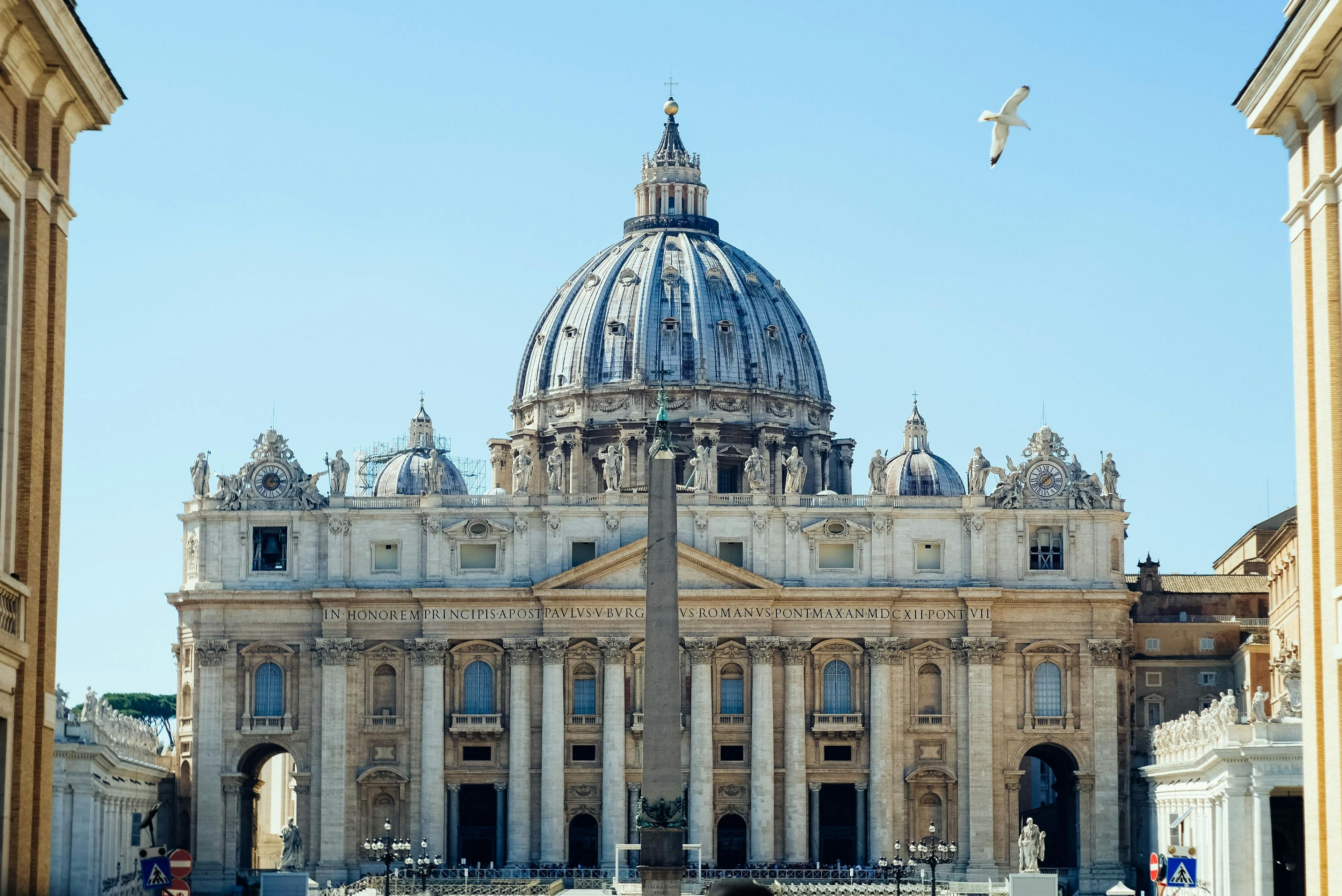In the world, there are 18 countries whose land area does not exceed 600 square kilometers, a size easily surpassed by some European capitals like Madrid, boasting 604 square kilometers.
What is the smallest country in Europe?
Among these, 6 are situated in Europe, led by the Vatican City, the world's smallest state, followed by the Principality of Monaco, the Republic of San Marino, the Principality of Liechtenstein, Malta, and finally, Andorra.
In addition, there are 4 more countries that, though not comparable in size to major capitals, remain notably small when measured against the rest of the European nations. Luxembourg, Cyprus, Kosovo, and Montenegro fall into this category.
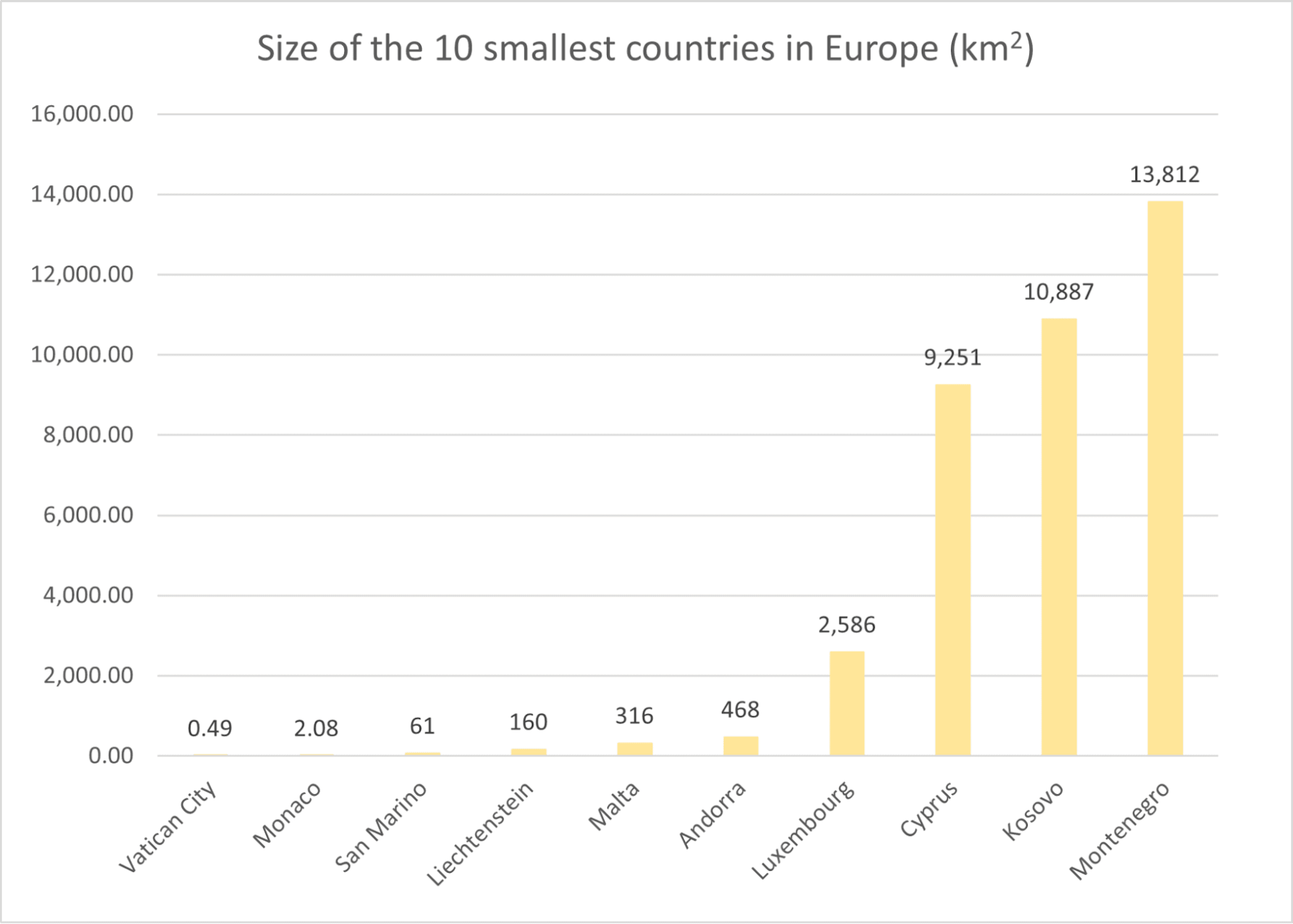
However, limiting their uniqueness to size would be unjust, as it's not the sole defining factor. Despite their modest dimensions, these countries boast captivating features. As the saying goes, the best perfumes come in small bottles.
These are extraordinary places, characterized by lush vegetation, breathtaking views that leave you in awe, and rich histories. Moreover, some serve as significant financial and economic hubs or stand out in other remarkable ways.
Vatican City
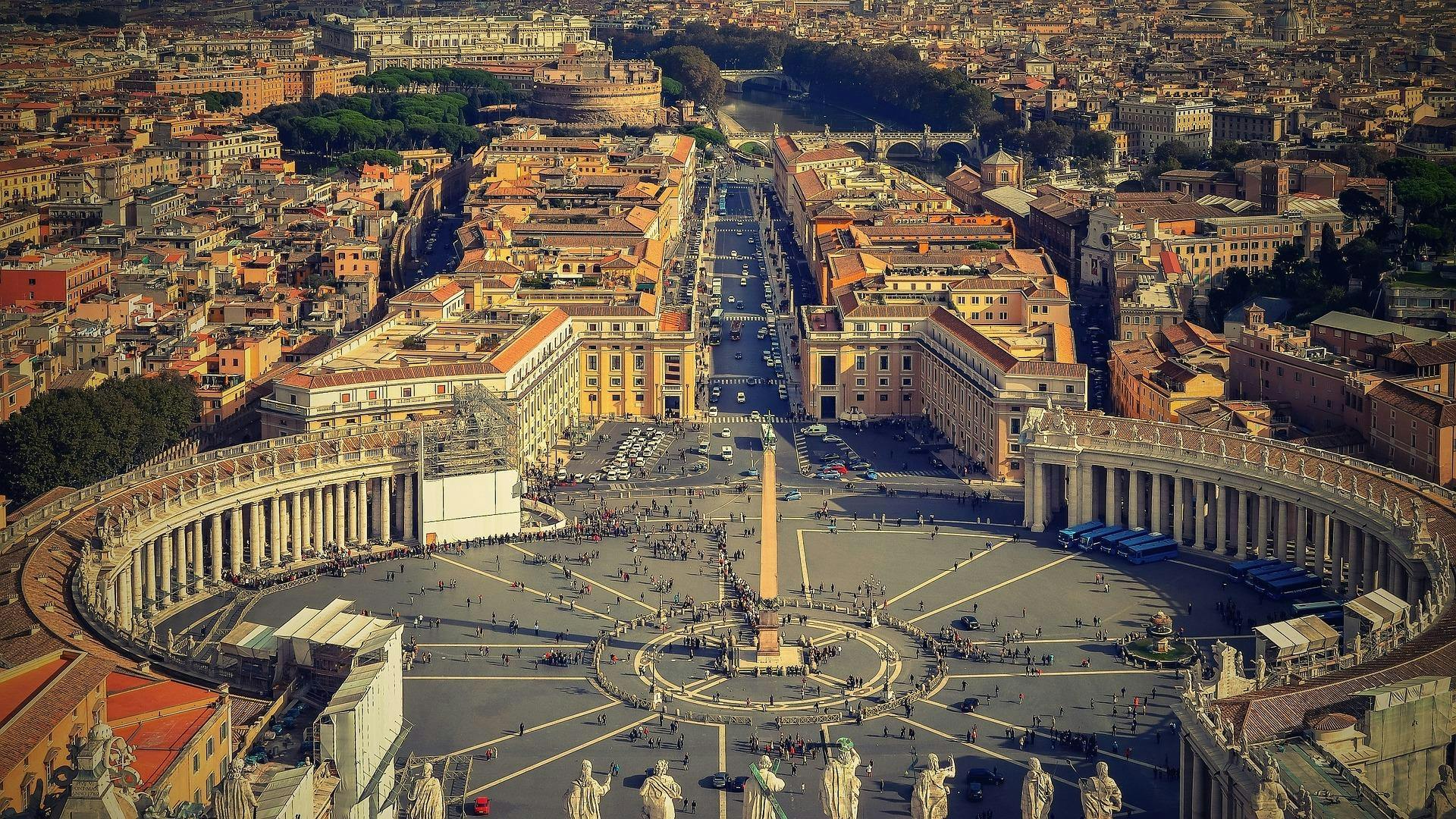
Technically, the walled enclave of the Vatican City isn't just a country; it's a city-state, nestled within the city of Rome, Italy, with no coastal access. Covering a mere 0.49 square kilometers is not only the smallest European country but also the smallest country in the world. Remarkably, it's also the least populated country in Europe, home to just 764 residents.
The Pope, the highest authority and head of state governs the Vatican City, making it a unique theocracy and the last absolute monarchy in Europe. Beyond its diminutive size and population, this city-state boasts an extraordinary architectural and historical-artistic ensemble, earning it UNESCO World Heritage status in 1984, the only instance where such recognition extends to an entire state.
Monaco
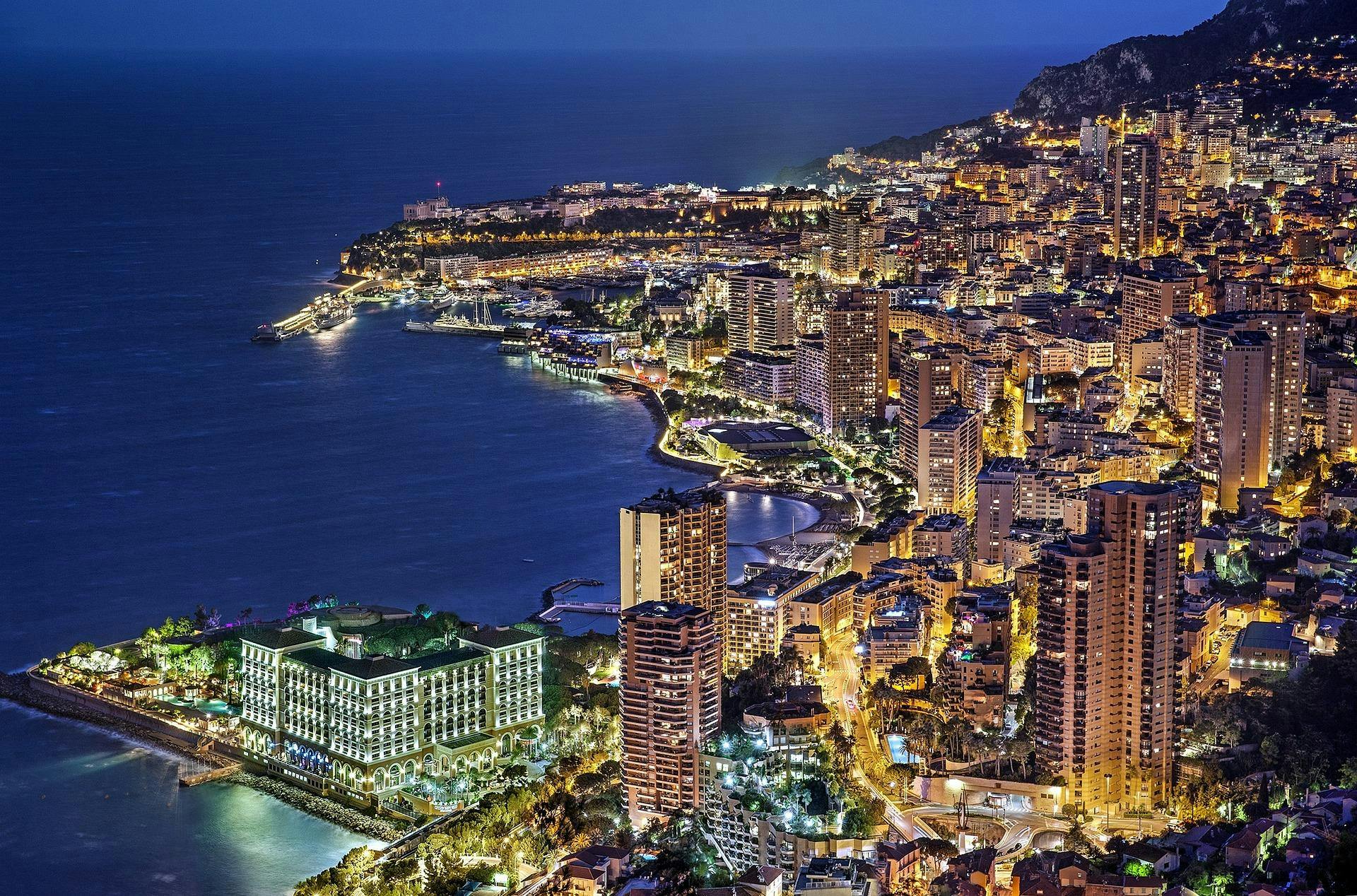
The Principality of Monaco, a city-state embraced by France and the sea, ranks as the second smallest country in Europe, is also the second smallest country in the world, and holds the record for the smallest land area among UN-represented nations. Governed as a constitutional monarchy, Monaco stands out with remarkable distinctions.
However, not without its challenges, Monaco is globally recognized as a hub for money laundering. In February 2023, it came under scrutiny by the intergovernmental watchdog, the Financial Action Task Force, facing the possibility of being placed on its "grey list" due to deficiencies in financial supervision and reform to combat global crime and terrorism financing.
San Marino
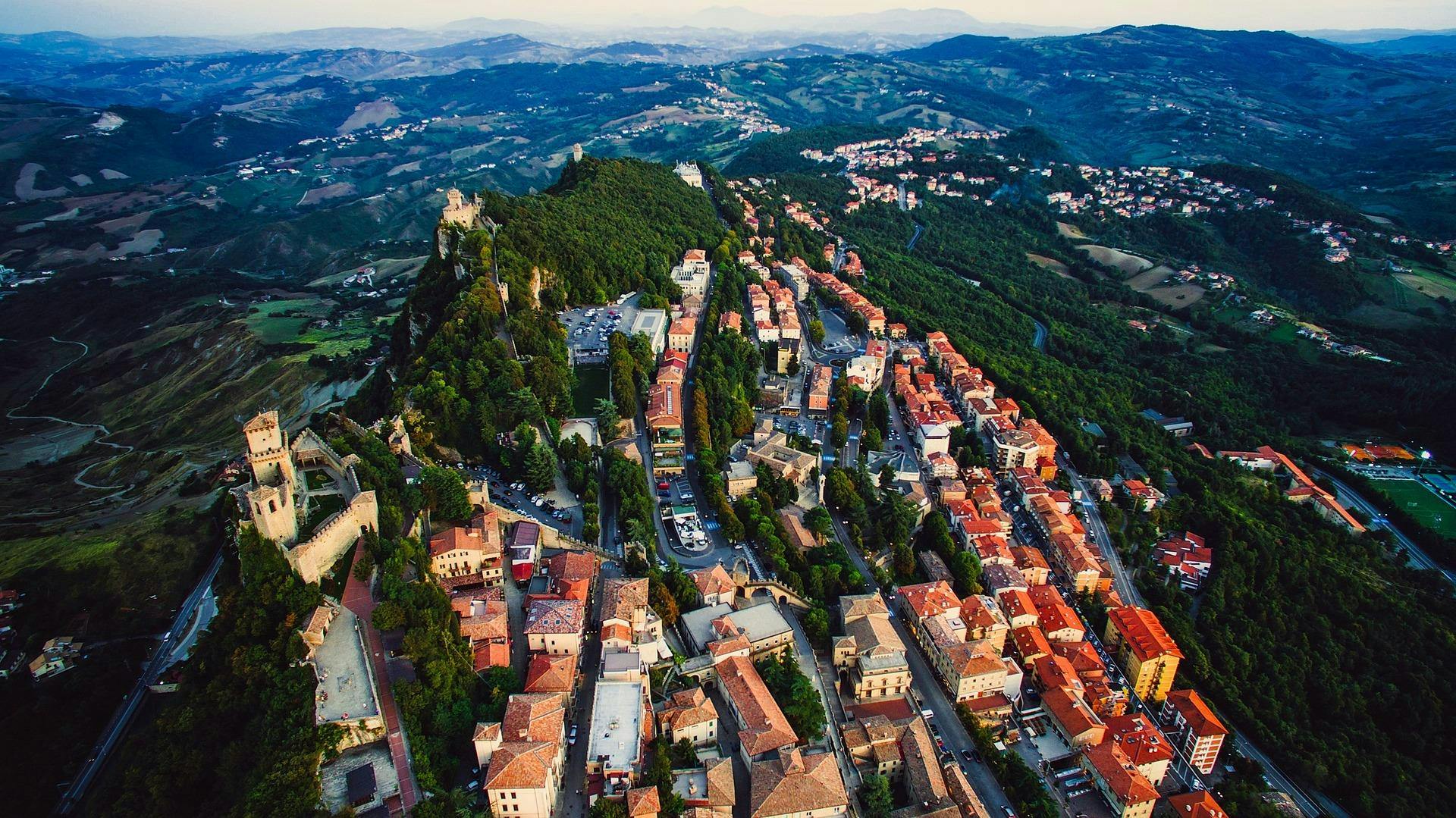
The small republic of San Marino, also known as the Serenissima Republic of San Marino, holds the distinction of being the world's oldest sovereign state and constitutional republic, founded on September 3, 301. Nestled entirely within Italian terrain, San Marino is another tiny country in Europe, covering an area of 61 square kilometers with a population of 33,660 inhabitants.
Despite its modest size, San Marino boasts 3 UNESCO World Heritage-listed elements: the old town of San Marino, Borgo Maggiore, and the striking Mount Titano. Yet, perhaps due to its compact dimensions and relatively low visibility, it remains one of the least visited countries globally.
The current government grapples with economic and administrative challenges stemming from its status as an enclave within Italy. Surrounded by its larger neighbor, San Marino experiences complete financial and commercial dependence, exacerbated by its non-membership in the European Union.
Liechtenstein
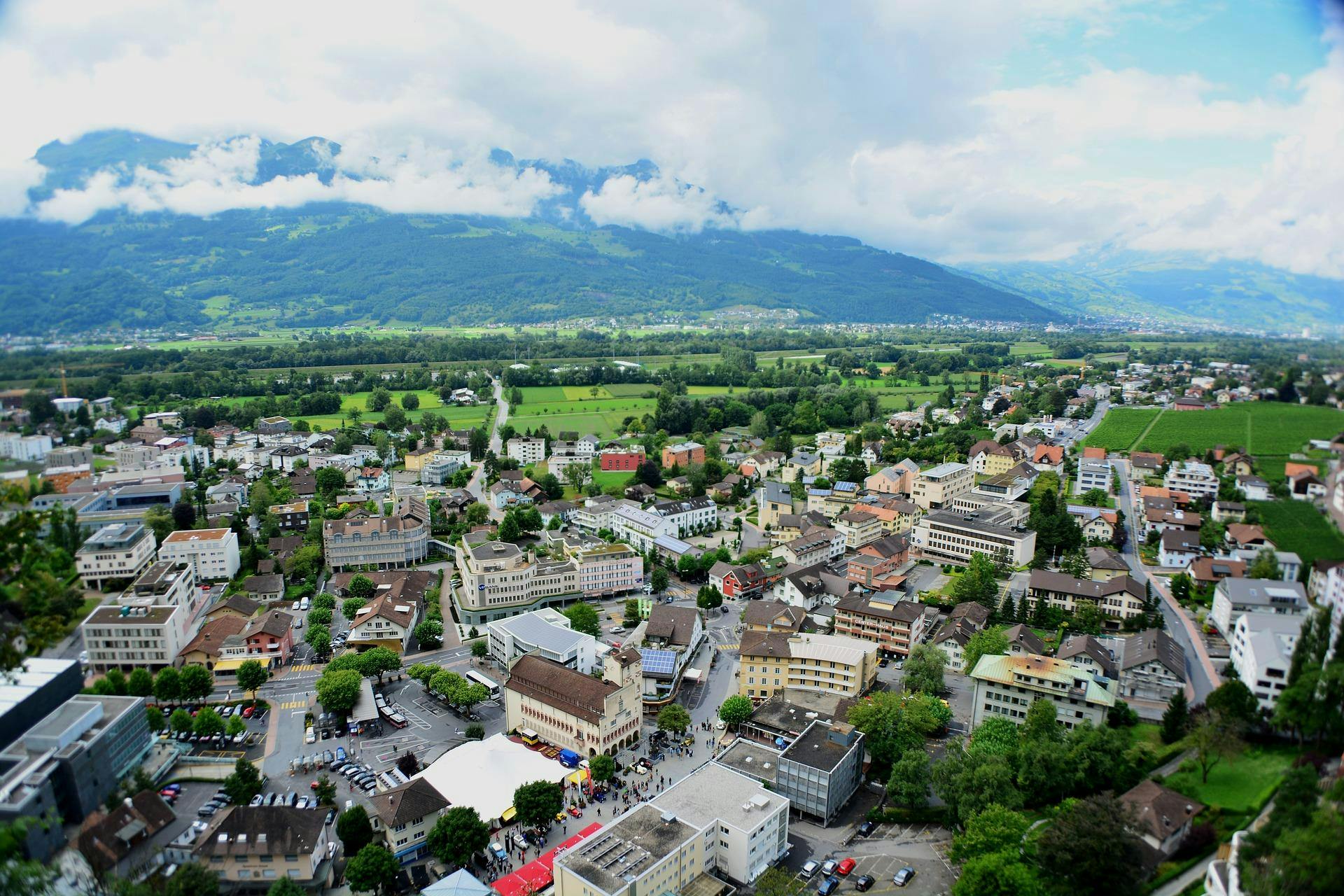
Despite its size, Liechtenstein has a fascinating cultural heritage, influenced by its central European location. Known today for its wines and art museums, it is also a sought-after destination for winter sports enthusiasts, thanks to its prime location near the Alps.
Liechtenstein, officially known as the Principality of Liechtenstein, is nestled between Austria and Switzerland, covering a mere 160 square kilometers. It holds the distinction of being one of the smallest countries and boasts a unique record: having the world's lowest external debt. Governed as a constitutional monarchy, with Vaduz as its capital and Schaan as its most populous city, Liechtenstein is more renowned as a tax haven than for any other reason.
Malta
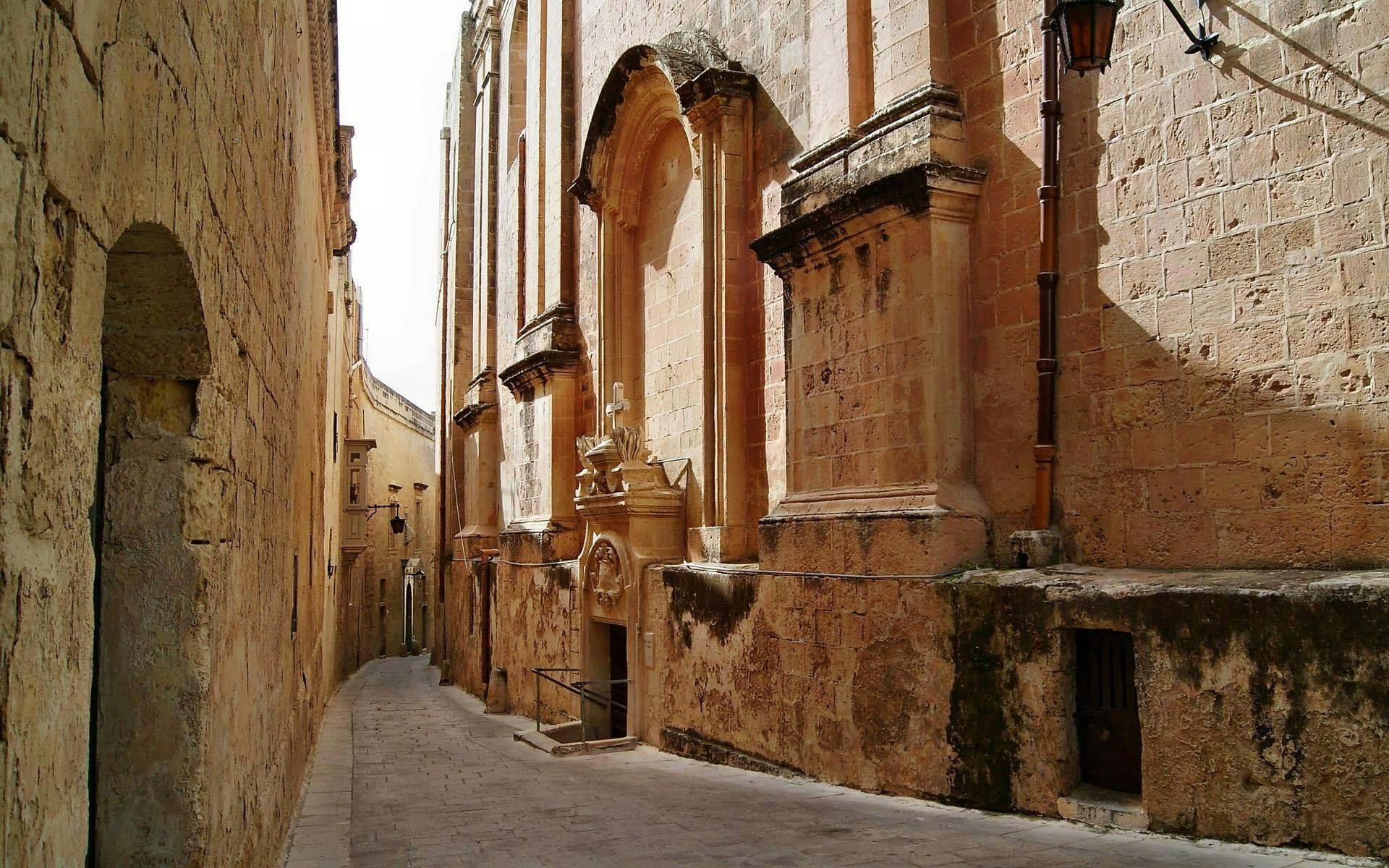
Malta, officially the Republic of Malta, spans 316 square kilometers with a population of 520,971, making it one of Europe's most densely populated states. Although commonly associated with a small island south of Sicily, the Republic of Malta is more than just one island; it's an amalgamation of three: Malta, Gozo, and Comino.
This archipelago is a demographic marvel. Despite lacking any rivers, its strategic position in the heart of the Mediterranean has historically attracted diverse civilizations and cultures, using it as a hub for resupply and expansion.
Andorra
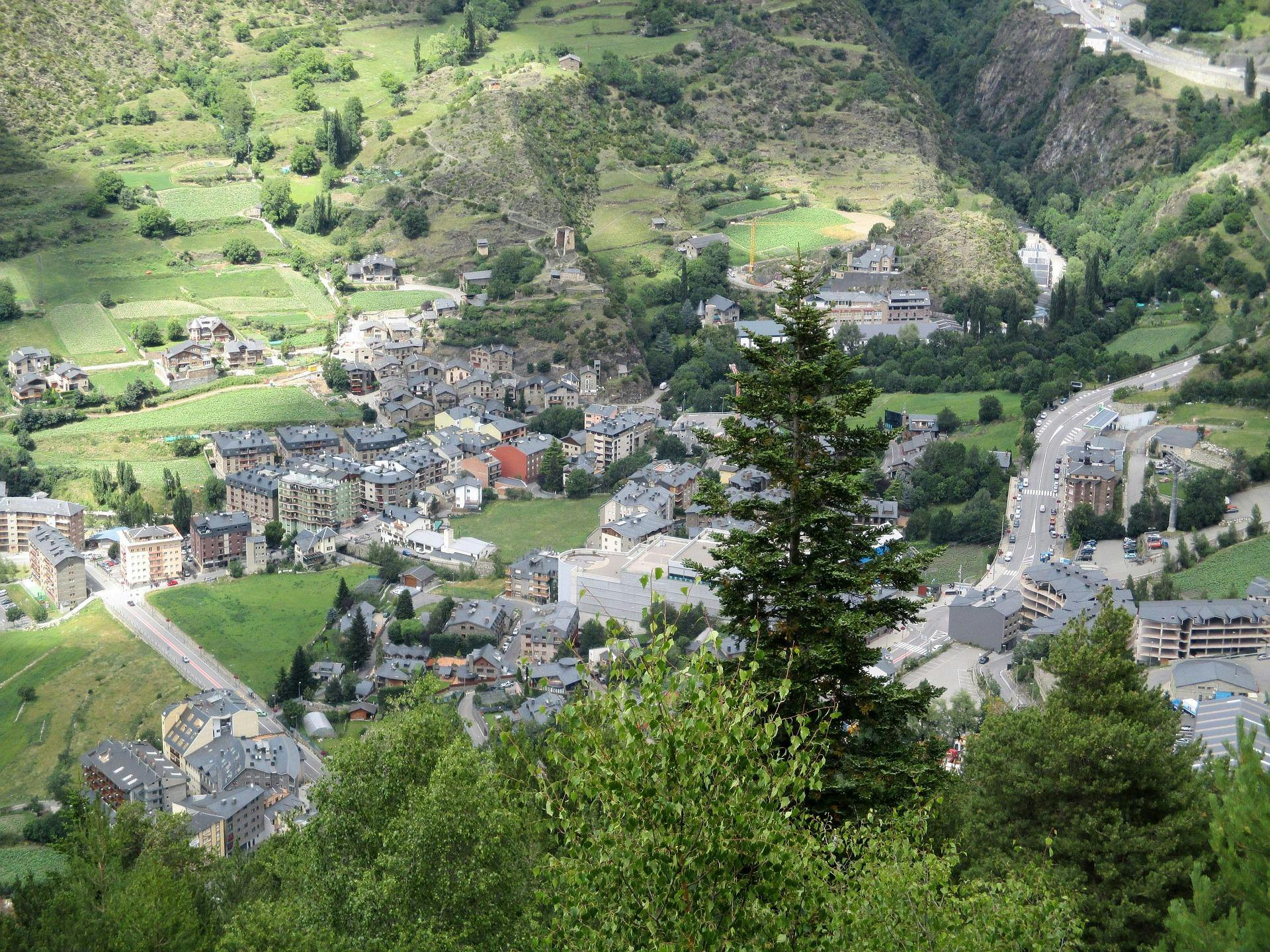
Andorra, nestled in the Eastern Pyrenees and surrounded by Spain and France along the Valira River valley, is a captivating microstate. Organized into seven parishes, with a total population of 81,588 and its capital being Andorra la Vella, the official language is Catalan, though Spanish, Portuguese, and French are commonly used due to the influence of neighboring states.
Governed as a parliamentary co-principality, Andorra's heads of state are the co-princes: the Bishop of Urgell and the President of France. The head of government is the President of the Government of Andorra.
Drawing millions of tourists annually, Andorra entices with excellent shopping deals and breathtaking mountain landscapes. Visitors can indulge in both retail therapy and outdoor activities, including winter sports and numerous hiking trails amid the spectacular natural scenery.
Famed for being one of the largest spa centers in Europe, Andorra's hot springs, enriched with sulfur from the Pyrenees, offer health benefits. The town of Escaldes hosts numerous spa hotels and wellness centers, attracting those seeking relaxation and rejuvenation.
Luxembourg
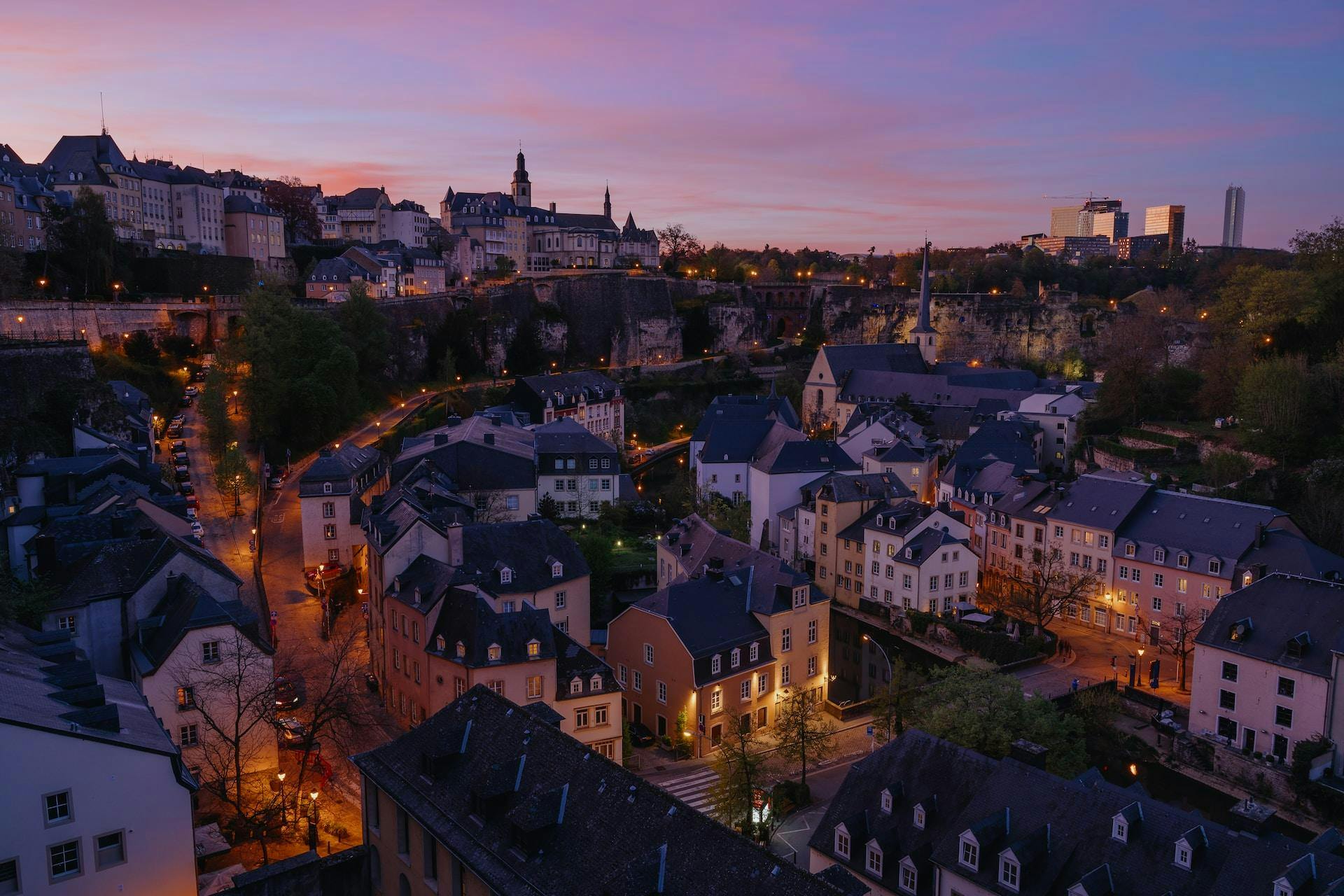
The Grand Duchy of Luxembourg, spanning 2,586 square kilometers, is considerably larger than its counterparts on our list of smallest countries in Europe, though it remains compact. A landlocked state surrounded by Germany, Belgium, and France, Luxembourg is home to a population of 645,397.
Governed as a parliamentary constitutional monarchy, Luxembourg boasts a highly developed economy, with one of the world's highest per capita gross domestic products and a notably high standard of living, featuring some of the highest salaries in Europe.
Read article
While renowned for its role as a European financial center, with the highest number of banks in Europe, Luxembourg offers more than just business opportunities. Despite not being a top tourist destination in Europe, the country's attractions are substantial. Its UNESCO-listed historic center, the Fortress, the Grand Ducal Palace, and the National Museum of History and Art showcase its rich cultural heritage.
Beyond the capital, there are also many charming places in its territory such as the small village of Vianden, one of the most beautiful in Europe located 40 kilometers north of Luxembourg, and its huge ninth-century castle, originally the home of the Counts of Vianden, powerful nobles from the eleventh to thirteenth centuries.
Cyprus
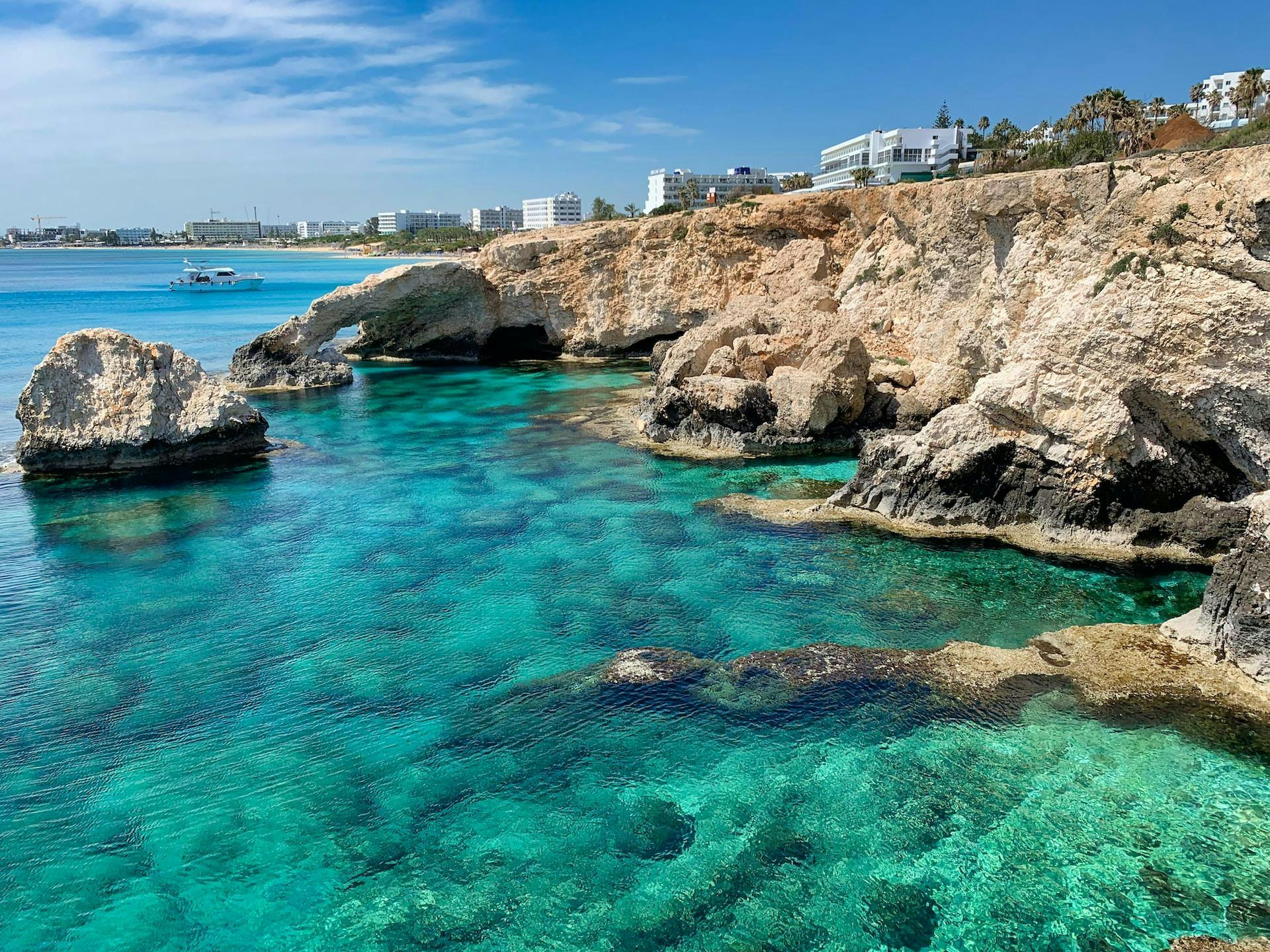
Cyprus, officially the Republic of Cyprus, spans 9,251 square kilometers with a population of 904,705 inhabitants. Situated in the eastern Mediterranean, south of Turkey, the island has faced complexities, especially with Turkey. Despite being internationally recognized, Cyprus controls only two-thirds of the island. In 1974, Turkey occupied the remaining third, establishing the Turkish Republic of Northern Cyprus, recognized solely by Turkey.
Nicosia, the capital, dominates the landscape, but cities like Ayia Napa often make headlines for drawing hordes of party-seeking tourists, offering vibrant nightlife and entertainment.
Beyond the revelry, Cyprus boasts stunning dive sites. The Zenobia wreck, off the coast of Larnaca, stands out as one of the world's best dives on a sunken ship. The Zenobia, a Swedish passenger ferry, sank on its maiden voyage in 1980, adding an intriguing layer to Cyprus's allure.
Kosovo
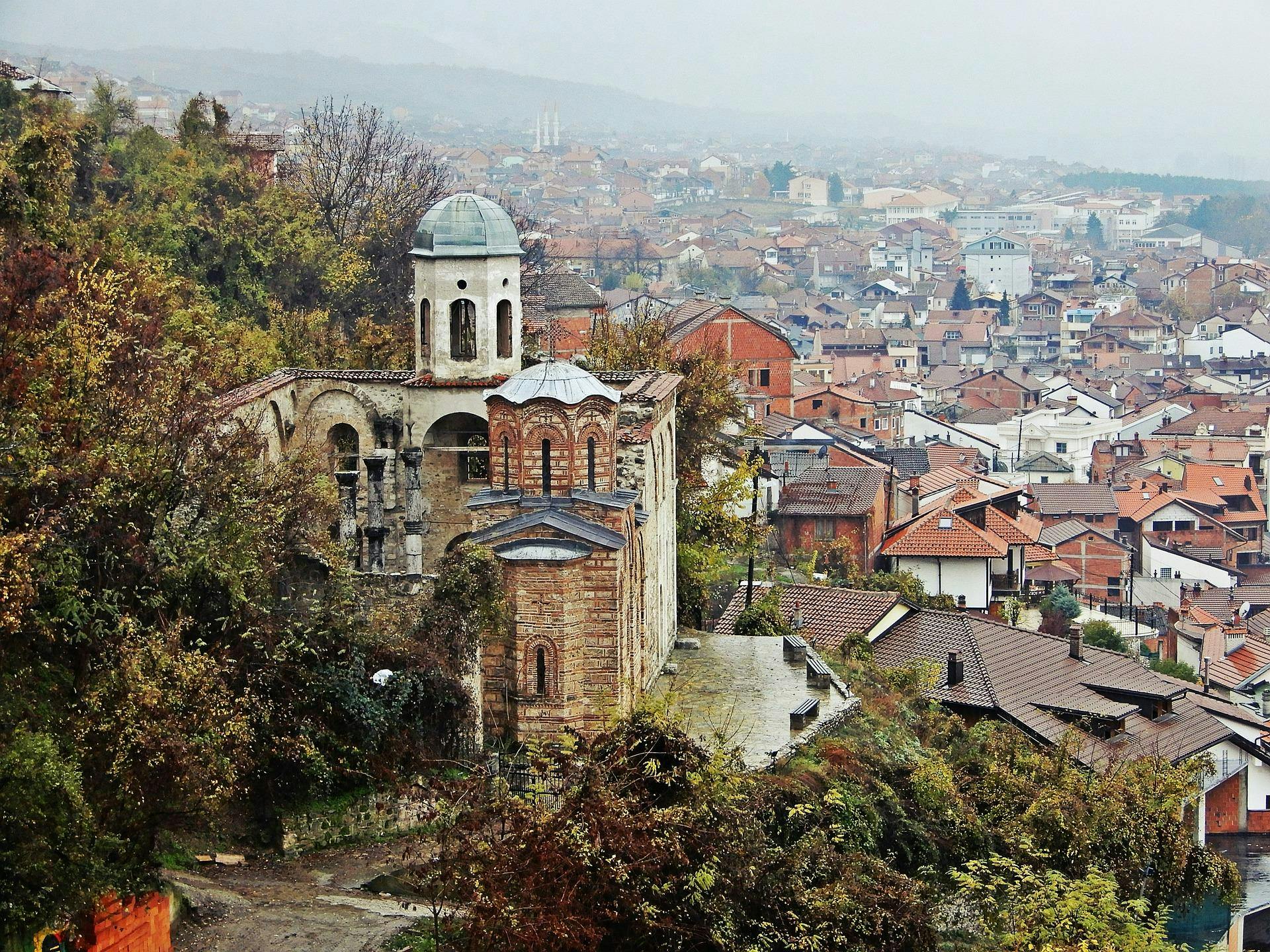
Kosovo, officially known as the Republic of Kosovo, is a landlocked state with limited recognition, situated on the Balkan Peninsula in southeastern Europe. Encompassing 10,887 square kilometers, it is home to approximately 1.8 million people. Bordered by Montenegro to the northwest, Albania to the south, North Macedonia to the southeast, and Serbia to the northeast, with Pristina as its capital.
Despite its picturesque landscapes and cultural richness, Kosovo has faced prolonged political disputes. In 2008, after years of negotiations, it declared unilateral independence. While recognized by about 95 countries, including the United States and most EU members, Serbia, its allies, and others, along with the United Nations, do not acknowledge its sovereignty. Serbia still regards Kosovo as an autonomous province within its own territory.
Amidst these geopolitical complexities, Kosovo remains a wonderful destination to explore. Pristina, its lively capital, serves as the economic, political, and cultural hub. The bustling eastern bazaar of 'Pec,' situated at the foot of the 15th-century Bajrakli Mosque, is a must-visit, showcasing the city's rich history.
Outside Pristina, the Patriarchate Monastery, a stronghold of Serbian Orthodoxy during Ottoman rule, features three 13th-century churches adorned with golden domes and exquisite medieval frescoes. South of Pec, the Visoki Decani Monastery boasts beautiful 14th-century frescoes. For ski enthusiasts, the mountainside retreat of Brezovica offers some of the best slopes in the Balkans.
Montenegro
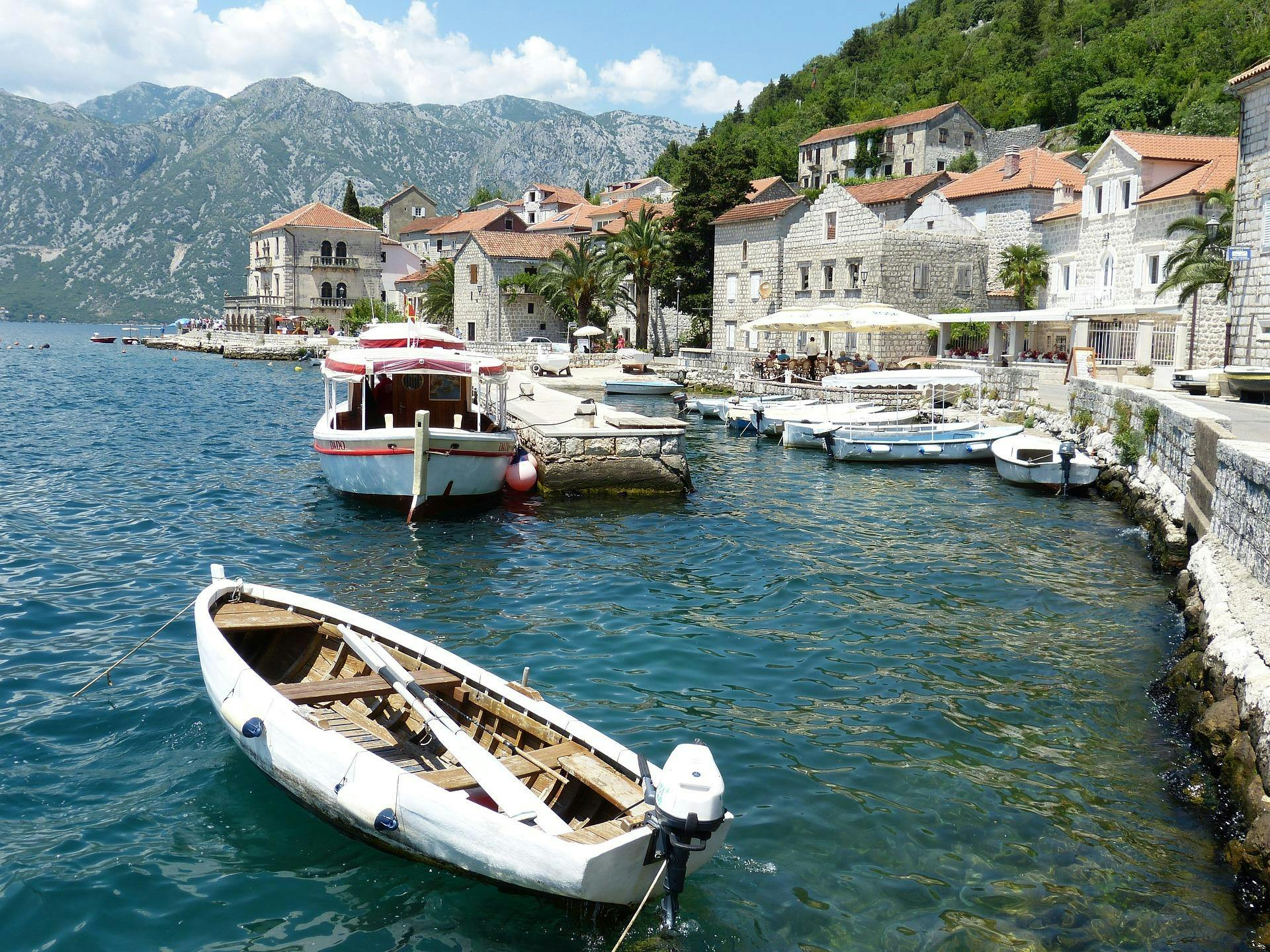
Montenegro, nestled in southeastern Europe on the Balkan Peninsula, stands as the largest among our list of the smallest countries in Europe, covering 13,812 square kilometers. Home to 617,683 people, this small republic boasts nearly 300 kilometers of coastline along the Adriatic Sea.
Montenegro's charm lies in its diverse landscapes packed into a compact area. Along its coastline, picturesque fishing villages, secluded coves, and increasingly popular resorts, notably Kotor with its fjord-like appearance, draw visitors. The interior unfolds as a spectacular mountainous terrain adorned with ancient forests, lakes, rivers, and snow-capped peaks, providing excellent skiing areas like Kolašin.
Frequently Asked Questions (FAQ)
Which is the smallest independent country in the world?
Vatican City holds the title of the smallest independent country globally. An enclave within Rome, Italy, it covers a mere 0.49 km2 and is the spiritual and administrative center of the Roman Catholic Church, led by the Pope.
Which is the smallest country in Europe?
Which of the smaller countries are landlocked?
Which countries are considered the smallest in Europe?
Source: es.wikipedia.org, viajes.nationalgeographic.com.es, es.wikipedia.org, es.wikipedia.org, es.wikipedia.org, es.wikipedia.org, es.wikipedia.org, es.wikipedia.org, es.wikipedia.org, es.wikipedia.org, es.wikipedia.org, vaticanstate.va, data.worldbank.org, estadistica.ad
We took photos from these sources: Unsplash, Pixabay
